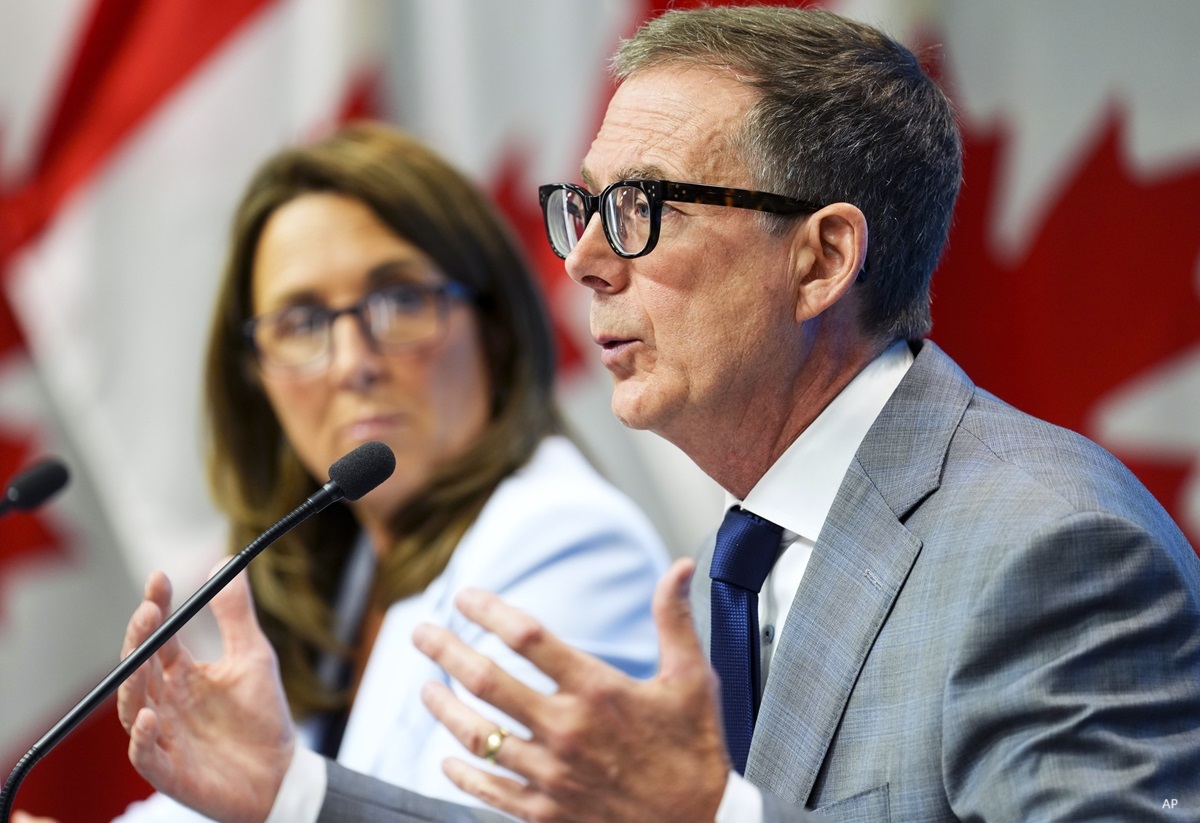No one wants to waste time or resources. To make my life easier, I use shortcuts or rules of thumb, which often work. But not necessarily forever.
Some rules include replacing things like shampoo before they run out. Mental Floss has a list of 11 Rules of Thumb for adults, which include common sense things like getting enough sleep or planning for the future.
In my finances too, I try and follow rules of thumb – things like ‘Don’t spend more than you earn,’ or ‘Have a 6-month emergency fund’. They don’t always work the same way for everyone, but in many cases, rules of thumb are a good starting point.
Morningstar’s behavioural finance team recently researched this. In a paper titled "Shortcuts or Dead Ends? The Relationships Between Rules of Thumb, Habits, and Financial Health," the authors ran a survey using a nationally representative sample to identify rules that people may use for their financial decisions. They found negative correlations between how difficult practicing the rule is and financial well-being. In other words, the easier it was for a person to make these decisions, the more financially well-off they were. The authors also found positive correlations between a person's habitual use of a rule and their financial well-being, highlighting the power of good habits and the strength of forming positive habits in promoting financial wellness.
One rule that many readers care about is their withdrawal rate in retirement, and the consensus there was 4%.
What is the 4% Rule?
Back in 1994, financial planner William Bengen pioneered the exploration of safe withdrawal rates, finding that a 4% starting withdrawal rate, with annual inflation adjustments to that initial dollar amount thereafter, is a "safe" withdrawal system for new retirees. Bengen demonstrated that such a system had succeeded over most 30-year periods in modern market history. Bengen was a guest on ‘The Long View’ podcast with Christine Benz and Jeffrey Ptak, you can hear the conversation here.
The 4% Rule Might Not Work…
Oftentimes, though, rules of thumb might not work for everyone. Benz, Ptak, and John Rekenthaler decided to explore retirement withdrawal rates and see if the 4% rule still held in a time of low bond yields and high equity valuations. They put their findings in a paper titled "The State of Retirement Income: Safe Withdrawal Rates and found that the 4% withdrawal rate should be lowered to 3.3%, assuming a balanced portfolio, fixed real withdrawals over a 30-year time horizon, and a 90% probability of success (that is, a high likelihood of not running out of funds over the time horizon).
“Given current conditions, retirees will likely have to reconsider at least some aspects of how they define their "safe" withdrawal rate to make their assets last. Our research finds that retirees can take a higher starting withdrawal rate and higher lifetime withdrawals by being willing to adjust some of these variables--tolerating a lower success rate or forgoing complete inflation adjustments, for example. Alternatively, retirees who employ variable withdrawal systems that are based on portfolio performance--taking less in down markets and more in good ones--can significantly enlarge their starting and lifetime withdrawals,” Benz said.
…But a 3.3% Rule Might Do
Benz, Rekenthaler and Ptak employed 30-year asset-class return estimates provided by Morningstar Investment Management (Equity returns between 6% and 11%, fixed income returns between 2% to 3.5% and inflation of 2.1%) and found a 3.3% starting safe withdrawal rate for balanced portfolios.

The Conclusion? Be Flexible
The authors find that retirees can achieve meaningful increases in starting safe withdrawal rates and lifetime withdrawals by being willing to depart from fixed real withdrawals and instead embracing variable retirement spending systems.
“Even modest adjustments to a fixed real withdrawal system--for example, forgoing inflation adjustments following years in which the portfolio has posted a loss--support higher starting and lifetime withdrawals than a fixed real withdrawal system. Being willing to make more significant adjustments--taking less after a portfolio has declined and more when it has increased--can lead to meaningfully higher starting safe and lifetime withdrawals,” Benz explained.
But adjusting income isn’t easy. There are trade-offs. “Variable systems inherently introduce more volatility in retirement spending, and they also tend to contribute to lower ending balances than would be the case with a fixed real withdrawal system. From that standpoint, they'll tend to be less appealing for retirees seeking a high degree of consistency in their year-to-year cash flows as well as those with a strong bequest motive,” Benz said.
In the end, the "right" withdrawal system depends heavily on you, and what your needs and goals are. Do you want predictable cash flows? Do you want to save more? Will you run out of funds? All of these answers are dependent on your own personal situation. For many people, retirement is about more than money.
Retirement author Don Ezra says retirees today to ask themselves three key questions – and only the third is about money:
- Who am I?
- How do I fill my time?
- Will I outlive my money?
To Ezra, there are seven keys to 'Life's Abundance' in retirement - family, friends, work, play, physical health, mental health and money. “Ask yourself, on a scale of 1-10, how do you feature for each? Go one at a time, and if you're happy with one score, move to the next. If the score is low for any one aspect, work on it,” he said, adding that this is a personal score, a self-evaluation tool that anyone can keep evaluating constantly to give you’re a gut-check on what’s important.










:quality(80)/cloudfront-us-east-1.images.arcpublishing.com/morningstar/MQJKJ522P5CVPNC75GULVF7UCE.jpg)

:quality(80)/cloudfront-us-east-1.images.arcpublishing.com/morningstar/347BSP2KJNBCLKVD7DGXSFLDLU.jpg)






